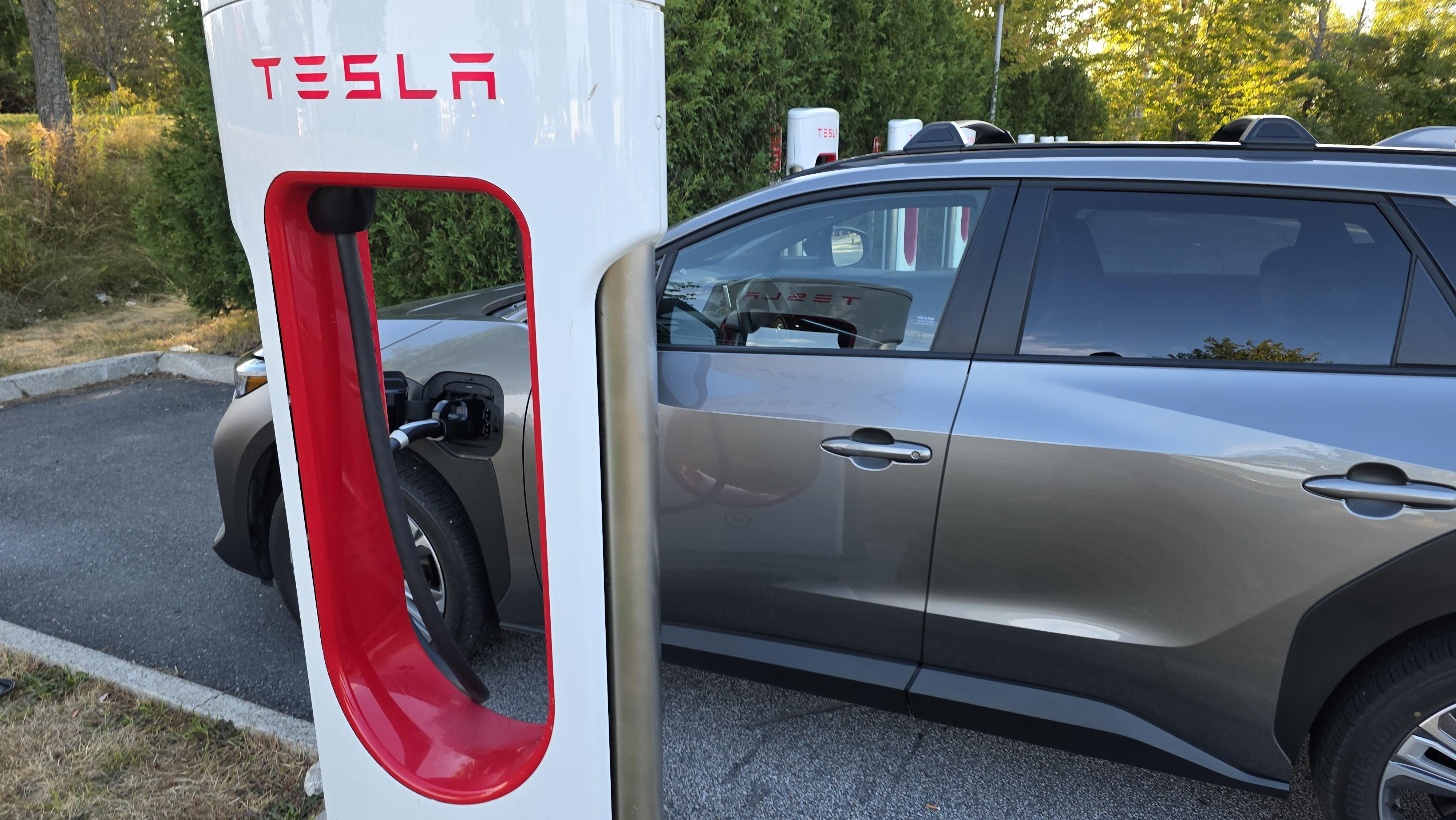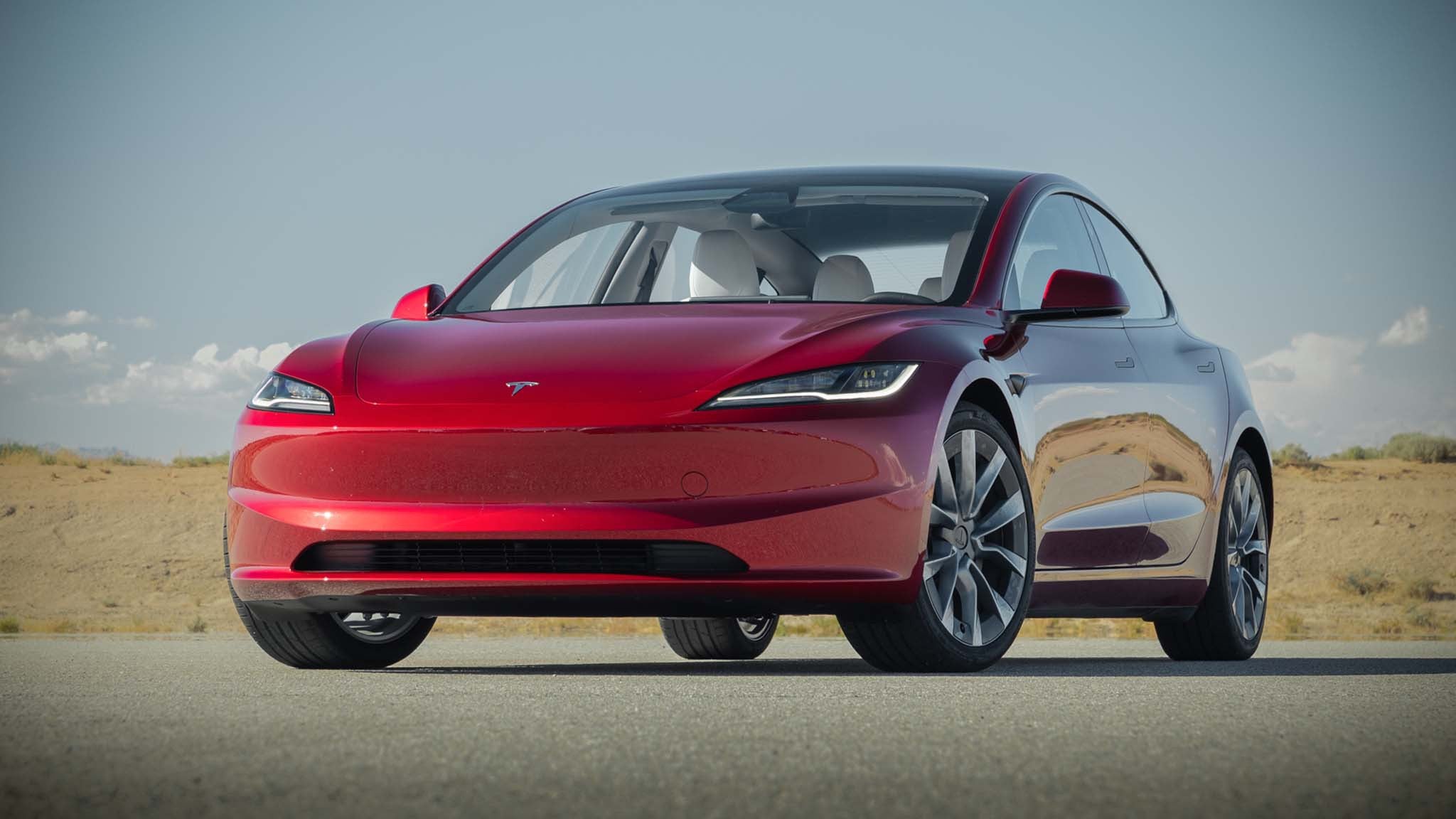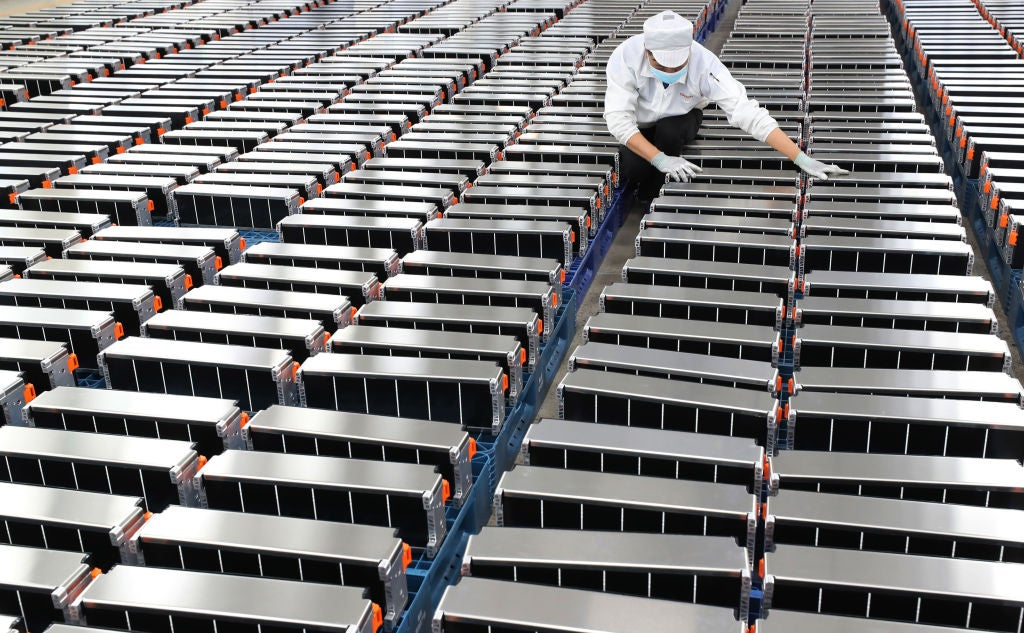A Major Step Forward for Subaru’s Electric SUV
The first-generation Subaru Solterra and Toyota bZ4X earned an unfortunate reputation for slow DC fast-charging, often leaving drivers stuck at public chargers far longer than expected. Earlier versions capped charging at 100 kW, far below today’s standards, and real-world road-trip performance was even less impressive.

What’s New for 2026
For 2026, Subaru has rolled out substantial upgrades: larger batteries, improved range, 150-kW charging capability across all trims, a heat pump, battery preconditioning, and more polished software. Crucially, the Solterra now adopts the North American Charging Standard (NACS) port and gains native access to Tesla Superchargers, opening more than 20,000 additional fast-chargers nationwide.
Subaru claims the 2026 Solterra can charge from 10% to 80% in around 28 minutes, a major improvement from the original model’s hour-long fast-charge sessions.
The Real-World Tesla Supercharger Test
To see how well the improvements hold up on the road, I tested a 2026 Solterra Touring XT equipped with a 74.7-kWh battery and an EPA-rated 278 miles of range. Under warmer fall conditions, I had even achieved close to 300 miles.
Before arriving at a Tesla V3 Supercharger at Woodbury Common Premium Outlets, I enabled the car’s manual battery preconditioning, though Subaru’s navigation system remains clumsy and still requires a smartphone app for route-planning.
One point worth flagging: the Solterra’s charging port placement can make Supercharger cables feel short, especially in tight stations designed for Teslas. Drivers may need to position the vehicle carefully when stalls are busy.
Charging From 16%: The Numbers
I plugged in at 16% state of charge, with 31 miles remaining. The Tesla app estimated a roughly 25-minute window to reach 80%. Charging began at 98 kW and quickly stabilized near 121 kW (or 115 kW on Subaru’s display due to typical power-loss differences).
By the 12-minute mark, the Solterra had already crossed 50%. At 18 minutes, it reached 61%, still holding above 100 kW. Speeds tapered to 91 kW near 72% and continued gradually down.
Because I had mistakenly left my charge limit set to 100%, the session extended beyond the typical 80% cap. The Solterra reached 85% in 31 minutes, still pulling 71 kW, and the session cost $31.37.
From the collected data, the Solterra effectively went from 16% to 80% in about 25 minutes, even in 34°F cold weather.
How These Results Compare
Although Subaru advertises 150-kW peak speeds, I never saw numbers above 121 kW. Cold battery temperatures may be partly responsible. The results mirror many EVs charging on Tesla hardware—steady mid-100-kW rates, then tapering.
Because the Solterra uses a 400-volt architecture, its real-world performance aligns closely with Tesla Model 3 and Model Y charging times: roughly 25–30 minutes for a low-state-of-charge fast-charge session.
It isn’t as blisteringly fast as the best 800-volt systems like Hyundai’s E-GMP models, but considering the Solterra’s intended market and price point, expectations are different. More importantly, the car now reliably charges, warms the battery, and accesses the full Tesla network, eliminating the road-trip barriers that plagued earlier versions.

The Bottom Line
The 2026 Subaru Solterra meets its claims. It connected to a Tesla Supercharger immediately, delivered a respectable 25-minute 16–80% session, and provided enough range to comfortably complete my trip. Compared with the original Solterra—and with Toyota’s early bZ4X struggles—the progress is undeniable.
Subaru still needs to refine its route-planning software, but in terms of charging performance and network access, the Solterra is finally a competent road-trip EV rather than a compromise.
Recommend Reading: Volkswagen EVs Gain Access to Tesla’s Supercharger Network Next Week








Aktie:
Nissan Introduces 2026 Rogue Plug-In Hybrid With Key Compromises
Zoox Launches Wheel-Free Robotaxi Service in San Francisco